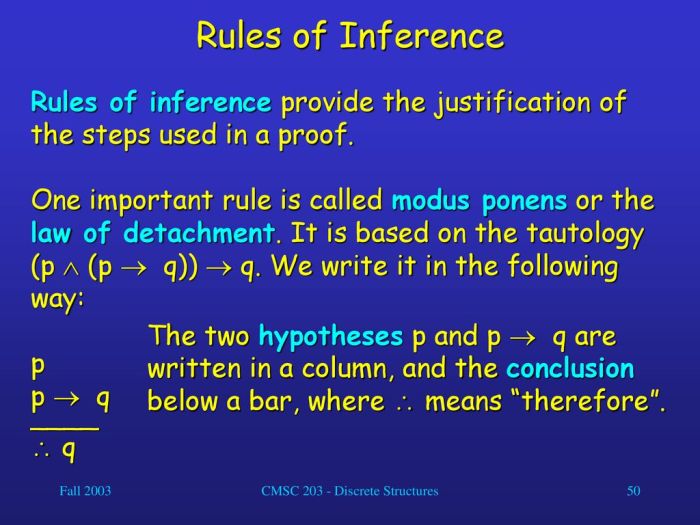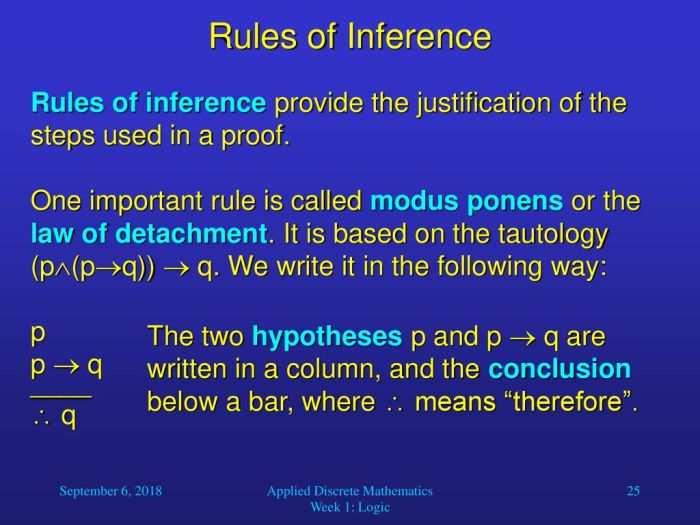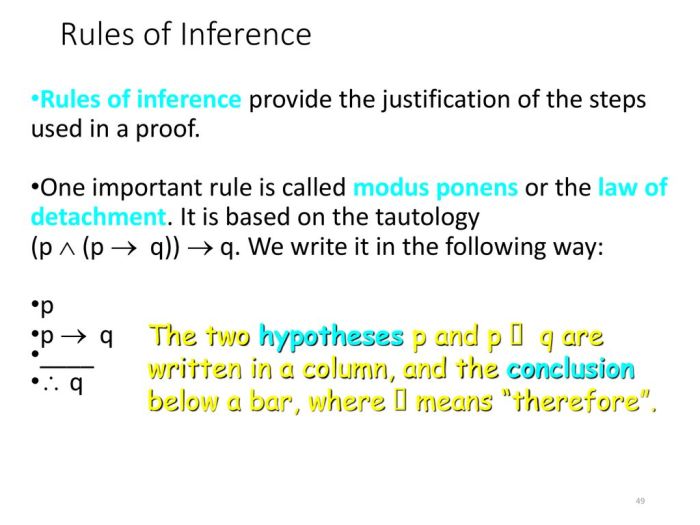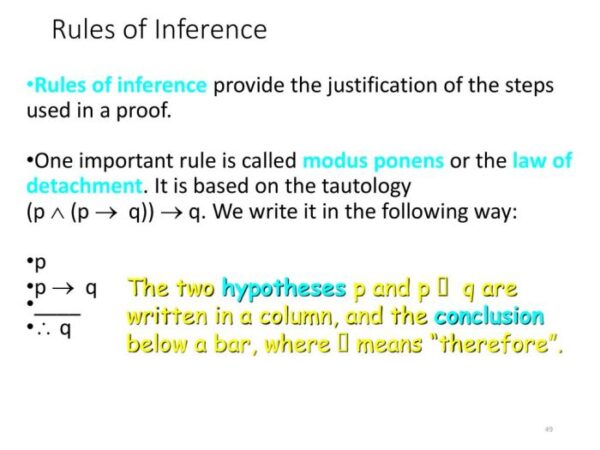
What is the law of detachment? It’s a concept that encourages us to let go of our attachment to outcomes, possessions, and even our own thoughts and emotions. This philosophy, rooted in various spiritual and psychological traditions, emphasizes the importance of finding inner peace and freedom by accepting what is, rather than clinging to what we want or fear. This approach can be a powerful tool for navigating the complexities of life, fostering resilience, and promoting personal growth.
Throughout history, various cultures and schools of thought have explored the concept of detachment. From ancient Stoicism to modern mindfulness practices, the idea of disengaging from our attachments has been recognized as a path towards inner peace and fulfillment. While the specific techniques and interpretations may vary, the core principle remains consistent: by releasing our grip on external factors and internal anxieties, we can cultivate a sense of serenity and inner freedom.
The Concept of Detachment

Detachment, in the context of the law of detachment, is a mental and emotional state of non-attachment to outcomes, desires, and external circumstances. It’s about cultivating a sense of equanimity and acceptance, allowing you to navigate life’s challenges with greater clarity and resilience.
Historical and Philosophical Origins
The concept of detachment has deep roots in various philosophical and spiritual traditions. In Eastern philosophies like Buddhism and Hinduism, detachment is considered a crucial step towards enlightenment and liberation from suffering.
- Buddhism: The Buddha taught that attachment to desires, possessions, and outcomes leads to suffering. Detachment, known as “non-attachment” or “equanimity,” is a path to liberation from this suffering.
- Hinduism: Hinduism emphasizes the concept of “karma” and “moksha.” Detachment from worldly desires is seen as a way to break the cycle of rebirth and achieve liberation.
- Stoicism: The ancient Greek philosophy of Stoicism encouraged detachment from external factors and focusing on what is within our control. Stoics believed that by accepting what we cannot change, we can find inner peace.
Examples of Detachment in Various Contexts
Detachment is not about apathy or indifference; it’s about cultivating a healthy distance from outcomes and emotions. Here are some examples of detachment in different contexts:
- Relationships: In relationships, detachment can help us navigate challenges with greater emotional maturity. It allows us to accept our partner’s flaws, understand their perspective, and avoid reacting emotionally to their actions.
- Work: Detachment at work can help us avoid becoming overly invested in outcomes and projects. It allows us to focus on the task at hand, handle setbacks with grace, and maintain a healthy work-life balance.
- Personal Growth: Detachment can be a powerful tool for personal growth. By detaching from our ego, our fears, and our limiting beliefs, we can open ourselves to new experiences and possibilities.
Detachment in Everyday Life

Detachment, in the context of daily life, isn’t about apathy or indifference. It’s about cultivating a mindful distance from our emotions and thoughts, allowing us to respond to situations with greater clarity and composure. This practice can empower us to navigate challenges with grace and resilience, fostering healthier relationships and overall well-being.
Strategies for Cultivating Detachment in Daily Routines
Incorporating detachment into our daily routines can be a transformative practice. Here are some practical strategies:
- Mindful Breathing: Regularly practicing mindful breathing techniques can help us observe our thoughts and emotions without judgment. Taking deep, conscious breaths allows us to step back from our immediate reactions, fostering a sense of calm and perspective.
- Observing Thoughts and Emotions: Instead of identifying with every thought and emotion, practice observing them as passing clouds. Acknowledge their presence without getting swept away. This allows us to respond with greater awareness and less reactivity.
- Setting Boundaries: Establishing healthy boundaries in our relationships and commitments helps us prioritize our well-being. Learning to say “no” when necessary allows us to protect our time and energy, fostering a sense of control and balance.
- Practicing Gratitude: Shifting our focus to appreciate the good in our lives helps us detach from negativity and cultivate a more positive outlook. Gratitude allows us to recognize and value the present moment, fostering a sense of contentment and fulfillment.
- Acceptance of Impermanence: Acknowledging that everything is constantly changing can help us detach from the need for control. Accepting impermanence allows us to embrace the flow of life with greater flexibility and resilience.
Applying Detachment to Manage Stress and Emotions
Detachment can be a powerful tool for managing stress and emotions. Here’s a step-by-step guide:
- Identify Triggers: Become aware of the situations or thoughts that typically trigger stress or negative emotions. This self-awareness is crucial for practicing detachment effectively.
- Observe Without Judgment: When a trigger arises, try to observe your thoughts and emotions without judgment. Notice the sensations in your body and acknowledge their presence without getting swept away.
- Practice Mindful Breathing: Use mindful breathing techniques to calm your nervous system and create a sense of space between you and your emotions. Deep breaths help to regulate your body’s response to stress.
- Shift Your Perspective: Try to reframe the situation from a different perspective. Ask yourself if there’s a different way to interpret the event or if there’s a lesson to be learned. This can help you detach from the initial emotional response.
- Focus on the Present Moment: Bring your attention to the present moment. Engage in activities that bring you joy and allow you to experience the present without dwelling on the past or worrying about the future. This practice can help you detach from the grip of anxiety and stress.
Detachment in Relationships and Communication, What is the law of detachment
Detachment in relationships isn’t about being emotionally distant or cold. Instead, it allows us to connect with others more authentically and constructively. Here are some examples:
- Effective Conflict Resolution: When disagreements arise, practicing detachment can help us respond with more composure and empathy. By observing our own emotions and those of others without judgment, we can engage in constructive dialogue and find mutually beneficial solutions.
- Mindful Listening: Detachment enables us to listen actively and attentively to others, without interrupting or trying to control the conversation. This allows us to understand their perspectives and respond with empathy and respect.
- Setting Healthy Boundaries: Detachment allows us to set healthy boundaries in relationships, protecting our time and energy while maintaining respect for others. This fosters mutual respect and understanding, creating a more balanced and fulfilling dynamic.
- Letting Go of Expectations: Detachment helps us to release expectations about how others should behave or what they should do. This allows us to accept people as they are, fostering a more authentic and compassionate connection.
Final Thoughts

The law of detachment is not about becoming indifferent or apathetic. It’s about cultivating a sense of acceptance and letting go of our need to control everything. It’s about finding peace within ourselves, regardless of the circumstances we face. By embracing this principle, we can navigate the ups and downs of life with greater resilience, cultivate healthier relationships, and ultimately, live a more fulfilling life.
FAQ Section: What Is The Law Of Detachment
What are some practical ways to practice detachment?
Start with small steps, like letting go of the need to control every situation or outcome. Practice mindfulness techniques to observe your thoughts and emotions without judgment. Engage in activities that bring you joy and fulfillment, without attaching your happiness to them.
Is detachment the same as apathy?
No, detachment is not about becoming indifferent or uncaring. It’s about accepting what is, letting go of unnecessary attachments, and finding inner peace. It doesn’t mean you can’t feel emotions, but it encourages you to experience them without getting overwhelmed or letting them control your actions.
How can detachment help in relationships?
Detachment can help you maintain healthy boundaries in relationships, avoiding codependency and fostering a sense of mutual respect. It allows you to accept your partner’s flaws and differences without feeling the need to change them.



